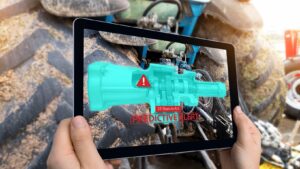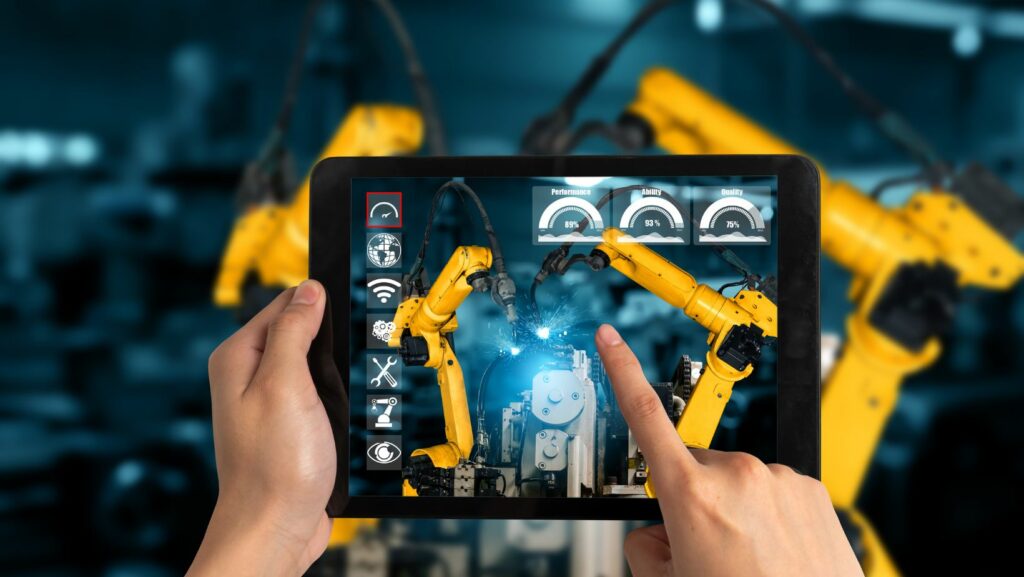Augmented reality services have revolutionized the way we interact with technology, blurring the lines between the physical and digital worlds. As a seasoned blogger, I’ve witnessed firsthand the transformative power of AR in enhancing user experiences across various industries. From immersive virtual tours to interactive product demonstrations, AR services offer endless possibilities for businesses looking to engage their audiences in innovative ways.
In this article, I’ll delve into the realm of augmented reality services, exploring the latest trends, applications, and benefits that this cutting-edge technology brings to the table. Join me as I uncover how AR is reshaping the landscape of digital marketing, e-commerce, education, and more.
Augmented Reality Services
From Sci-Fi to Reality: A Brief History
Augmented reality (AR) services have come a long way from being just a concept in science fiction to a tangible technology shaping our daily experiences. The journey of AR dates back to the 1960s when computer scientist Ivan Sutherland created the first head-mounted display system, known as the “Sword of Damocles.” It laid the groundwork for the development of AR applications by overlaying digital information onto the physical world, paving the way for immersive user interactions.
Milestones in Augmented Reality Development

The evolution of augmented reality has been marked by significant milestones that have propelled its growth and adoption across various industries. In 2009, the release of the ARToolkit, an open-source software development kit, democratized AR app development and drove innovation in the field. Subsequently, the launch of ARCore by Google and ARKit by Apple in 2017 brought AR technology to millions of mobile devices, revolutionizing how users engage with AR content. These advancements have made AR more accessible and integrated into everyday services, influencing consumer behaviors and reshaping digital experiences.
How Augmented Reality Services Work
The Technology Behind the Magic
Augmented Reality (AR) services operate by superimposing digital content onto the user’s real-world environment, enhancing their perception of reality. This illusion is achieved through a combination of advanced technologies, including computer vision, depth tracking, and simultaneous localization and mapping (SLAM).
SLAM technology plays a crucial role in AR services by enabling devices to map the physical surroundings in real-time while tracking the user’s movements within that space. By creating a digital map of the environment and determining the user’s position relative to it, AR devices can overlay virtual objects seamlessly onto the physical world.
AR Devices: Headsets, Glasses, and Mobile Apps
Augmented Reality services are delivered through a variety of devices, each offering unique capabilities and user experiences. AR headsets, such as Microsoft HoloLens and Magic Leap One, provide immersive AR interactions by overlaying digital content onto the user’s field of view, creating a hands-free and engaging experience.

AR glasses, like Google Glass and Vuzix Blade, offer a more streamlined AR experience by displaying information directly in the user’s line of sight without obstructing their view of the real world. Users can access relevant data, navigation instructions, and contextual information seamlessly through these wearable devices.
Mobile AR apps, such as Pokemon Go and Snapchat, bring AR experiences to smartphones and tablets, allowing users to interact with digital content in their physical surroundings. These apps leverage the device’s camera and sensors to blend virtual elements with the real world, offering a portable and accessible AR experience on-the-go.
Industries Transformed by Augmented Reality Services
Retail Revolution with Virtual Try-Ons
In retail, augmented reality services have revolutionized the shopping experience by offering virtual try-ons. Retailers utilize AR technology to enable customers to virtually try on products such as clothing, accessories, and cosmetics without physically being present in the store. This interactive experience not only enhances customer engagement but also reduces return rates as shoppers can see how items look on them before making a purchase.
Enhancing Learning through AR in Education
Augmented reality services are transforming education by enhancing learning experiences. In the field of education, AR technology is used to create interactive and engaging content that helps students better understand complex concepts. By overlaying digital information onto the physical world, AR enables students to visualize abstract ideas, making learning more immersive and effective.

